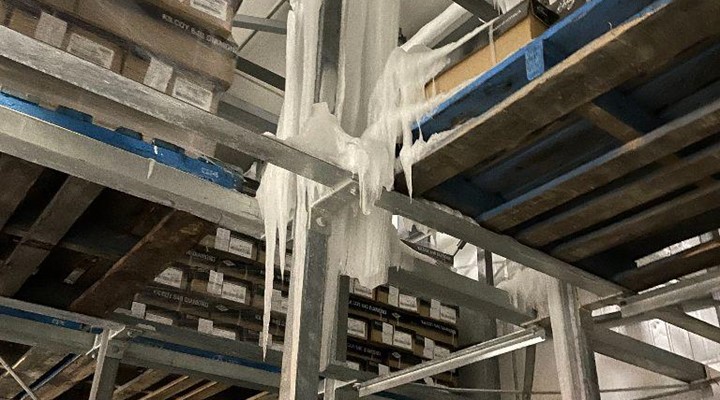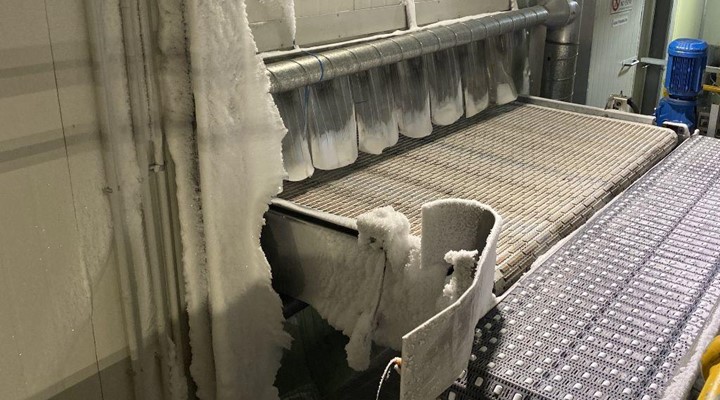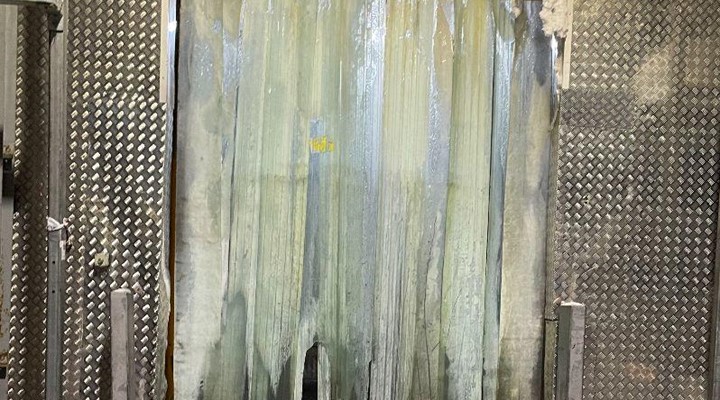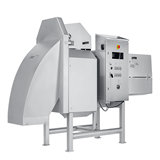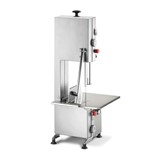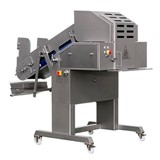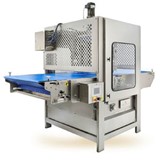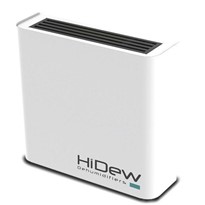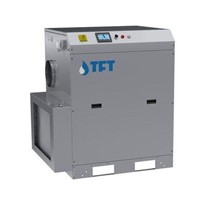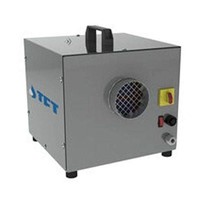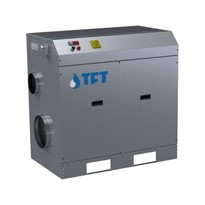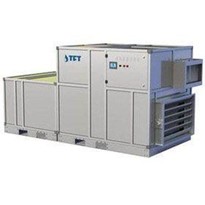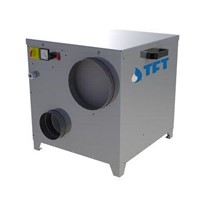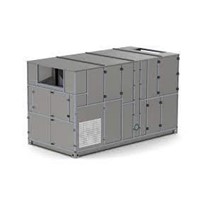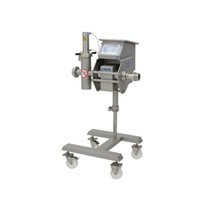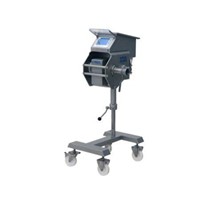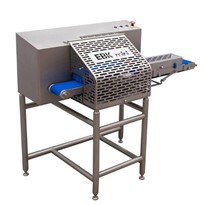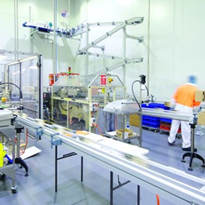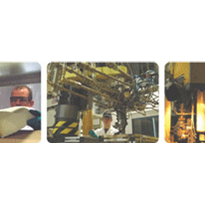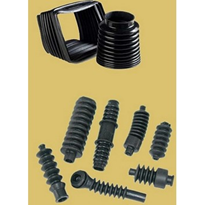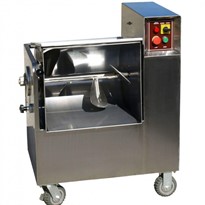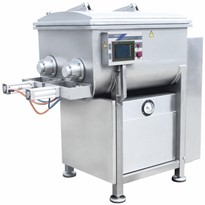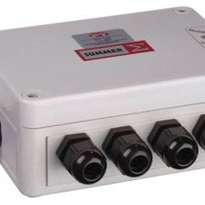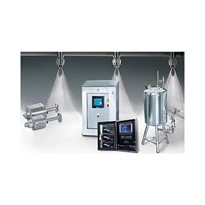Humidity is the concentration of water vapour in the air. Relative Humidity (RH) is the percentage of water vapour in the air.
RH is frequently above 70% during Queensland’s warmer months and this can play havoc with businesses running cold stores and process freezers. Why?
Well let me get to the (dew) point.
Dew Point
Dew point is the saturation temperature for water in air. The dew point is associated with relative humidity. A high relative humidity implies that the dew point is closer to the current outdoor air temperature.
RH of 100% indicates the dew point is equal to the current temperature and that the air is maximally saturated with water. If, for example, the air is at 15°C and it has a dew point of 15 C the relative humidity would be 100%, i.e. completely saturated. Warmer air can hold more moisture than colder air and at temperatures below the dew point, water will leave the air and condense on surfaces. So, if we were to cool our air from 15°C to 5°C we would get condensation forming on surfaces as 5°C air can hold a lot less moisture than air at 15°C.
In a sub-tropical climate like Queensland, it is a fact of life that warm air will always find its way into a cold storage area.
Where Does it Come From?
Although each cold store is different and rooms can be sealed and equipped with automated doors, infiltration occurs – even through the fastest opening times. In freezer stores humidity problems stem from moving goods in and out, causing ingress of moisture-laden air via any opening.
What Issues Does This Cause?
If it remains undealt with, moisture will build up and cause:
- Ice build-up around doorways
- Build-up around evaporators restricting airflow.
- Broken strip curtains
- Damp and damaged packaging from frost
- Doors with damaged seals
Cooling at lower temperatures and mixing the outdoor air with the cold store when doors are opened, accelerates the build-up of frost and ice, water pooling on floors and creates condensation and fog.
And then you must deal with:
- Increased operating costs
- Increased power consumption
- Critical issues with machinery
- Loss of stock affected by moisture
- Extra manpower required to
combat ice build-up - Sanitation concerns
- Serious hazards when ice falls from the ceiling
- Forklifts sliding on ice and hitting walls and doors creating leaks in stores
- Ice film on floors leading to slips and falls
How to Fix These Problems
Whether you are running FROZEN GOOD STORAGE (-20 C Frozen stores) or PROCESS FREEZERS (-40 C dp with high humidity)
- Install automated doors
- Build an antechamber
- Check pressure relief valves are sealed
We understand a good design does not always need additional moisture removal. However, operator error and lack of maintenance can derail a perfectly balanced system.
Some Things to Check
- Doors seals are not damaged
- Penetrations are sealed
- Door opening times
- Make sure manual override of opening times do not occur
- If possible, reduce door opening times to minimise infiltration
- Check the space being used is the same as the original, initial design
- Ensure service equipment is set to run at commissioned state
- Repair broken curtains
While housekeeping and maintenance are vital, a Desiccant Dehumidifier will provide optimal, stable production conditions all year round.
Installing a dehumidification unit provides the best long-term solution for combating moisture control issues. It ensures the moisture in the warm air that forms ice is removed, along with condensation around doorways and on ceilings.
Dehumidification of your cold store or process freezer (AKA Spiral Freezers, Blast Freezers and Carton Tunnel) will make the environment safer and more sanitary. They are designed to control moisture in the air to reduce humidity and condensation.
Floors will stay dry, ceilings will not drip onto staff and produce, and doors without ice build-up will seal properly.
Dehumidification increases refrigeration efficiency and equipment and system reliability which in turn reduces operating costs and lowers energy consumption.
Desiccant Rotor
Honeycomb structure rotor is coated with silica gel. The typical rotor thickness is 200mm.
For low dewpoint applications a thicker rotor can be used (e.g. 400mm). This slows down the air through the rotor, allowing more moisture to be removed, resulting in lower dew point temperature to be achieved.
Process Airflow
Air intake from outside or from an internal space is directed and forced through ¾ of a desiccant rotor. As a result of the chemical process, dry air is produced.
Reactive Airflow
To remove the moisture from the rotor, the reactivation air intake is heated to approximately 120 C and forced through the rotor in the opposite direction to the process air.
The dehumidifiers are particularly suitable for continuous stationary and mobile operations. To limit the energy consumption, an integrative solution can be added to the system capable of recovering up to 70% of the heat generated by the machine to re-enter the cycle of operation, generating a considerable saving.
The Downside of Dehumidifiers – What!?!
There is no down-side to dehumidification systems in cold storage facilities. Once you have one working for you, it will be hard to imagine how you survived without it. Discover how a dehumidifier can save your business money.
Contact us today and find out how we can help.


